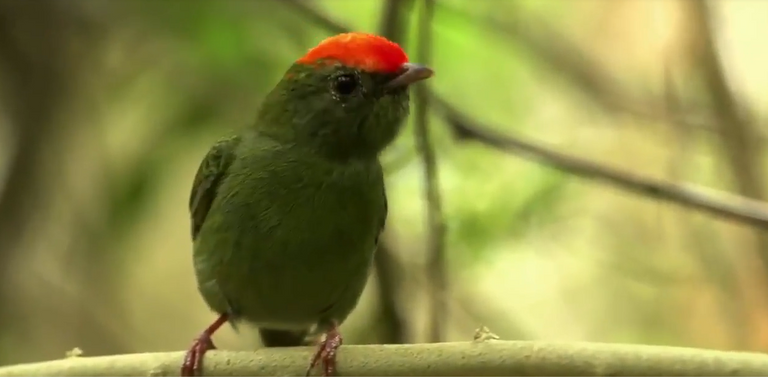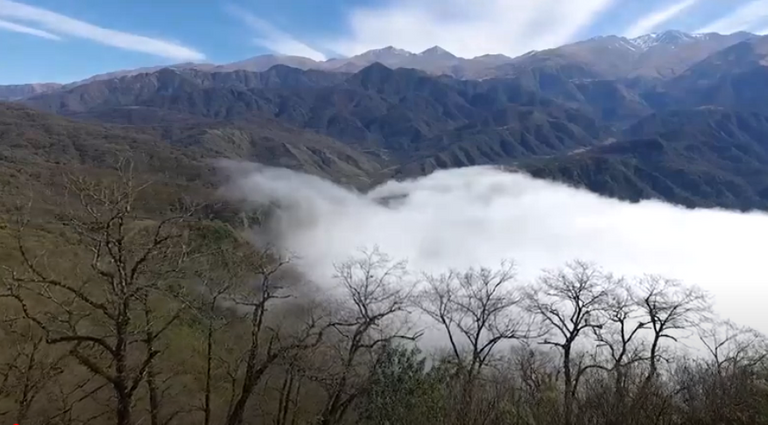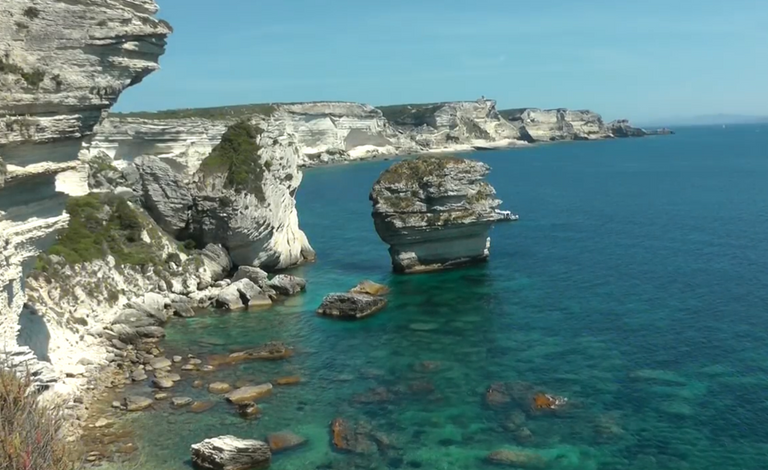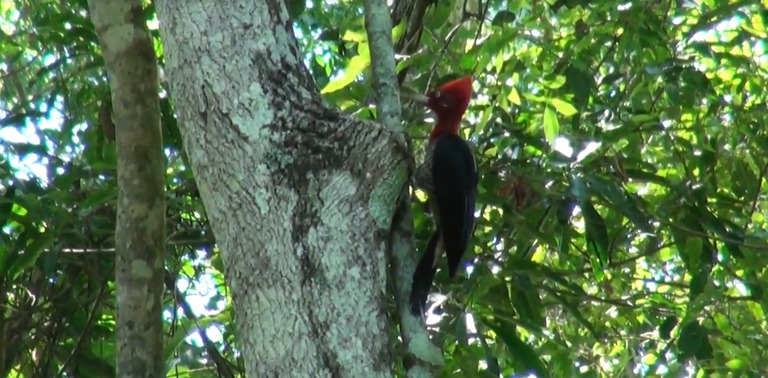There are several animals that are identified with the Iguazú National Park and, specifically, with the Falls.
Tucan varieties for example. Large, medium and small. All with dazzling colored plumage and a gigantic beak. A true postcard.
The multicolored butterflies that cluster together form a kind of multicolored cloud.
But the animal, par excellence, that is identified with the Iguazú National Park is, without a doubt, the coati.

The coatì and the tourists.
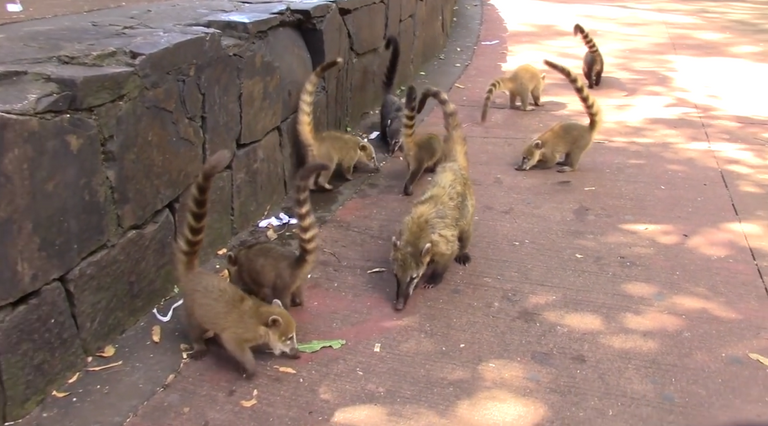
Due to its proximity to tourists, it circulates freely throughout the Park.
Until we reach the most unexpected places. For example under our tables in the restaurant!

They are very friendly and they come close for tourists to feed them.
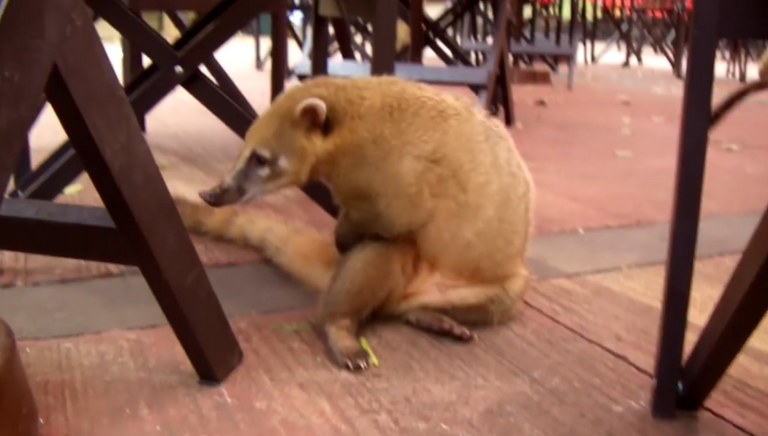
Although this is inadvisable since many times they eat any type of unusual and harmful food for their animal diet.
They even eat even paper bags abandoned by tourists with food scraps inside.
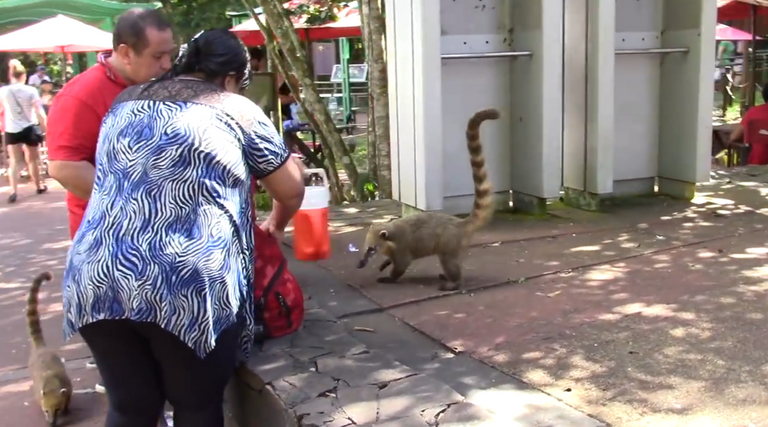
Throughout the park there are warnings not to feed them!
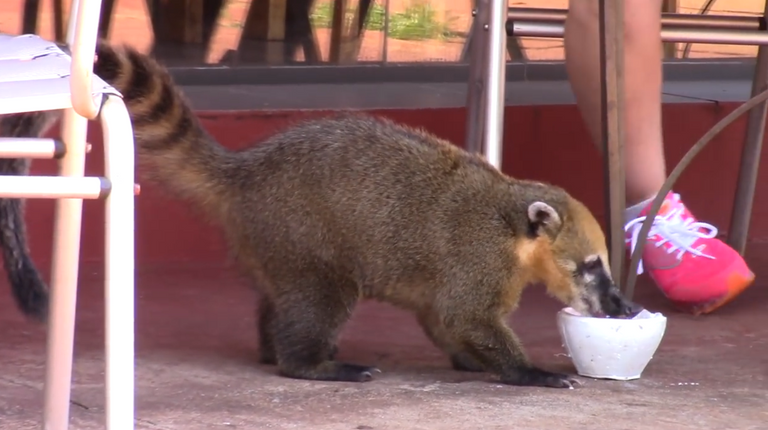
With warnings about his behavior. They can bite (although they generally don't)!
The coati in the natural environment of the Park.
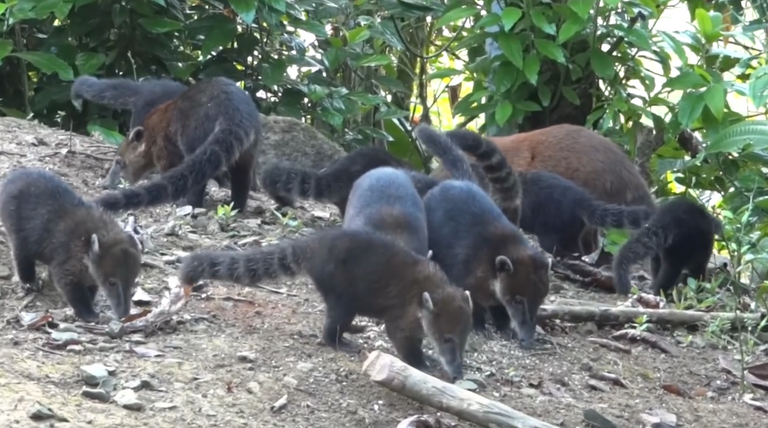
The Coatì is a mammal whose habitat is the American continent. And it is very particular. It has certain degrees of similarity with the Raccoon and the Badger.
Actually, although we see coaties of different colors, there are only two species: the white-nosed coati and the ring-tailed coati.
The long, stylized and banded tail reminds us of the Lemurs of Madagascar.
The smallest of the family eating enthusiastically.
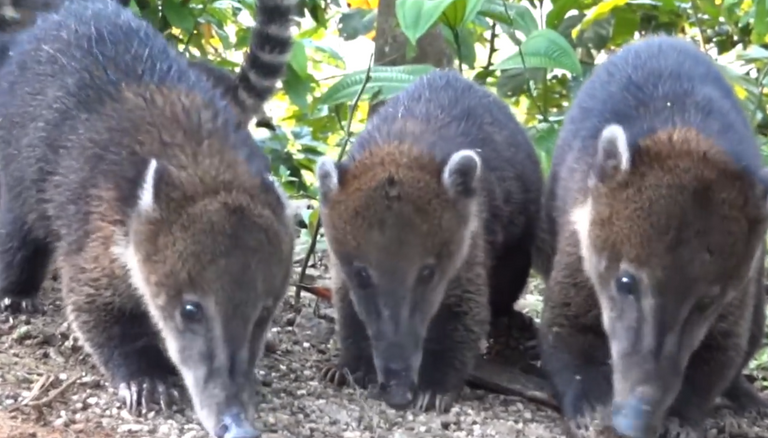
It has very powerful claws that allow it to even walk vertically and descend from the trees upside down. It has perfect stability.
The coatis are omnivorous animals, that is, they eat everything. This has allowed them to adapt to both jungle and urban ecosystems.
You can eat fruits, insects, eggs, or small birds.
Their biggest enemy is large mammals, predators by nature, such as the jaguar or yaguaretè.
In this regard, they are very well organized and organize themselves in groups, alternating in their role as watchmen to prevent dangers of this nature.
In their natural habitat they inhabit forested areas and rain forests, although they have sometimes been found in more desert areas, such as Arizona.
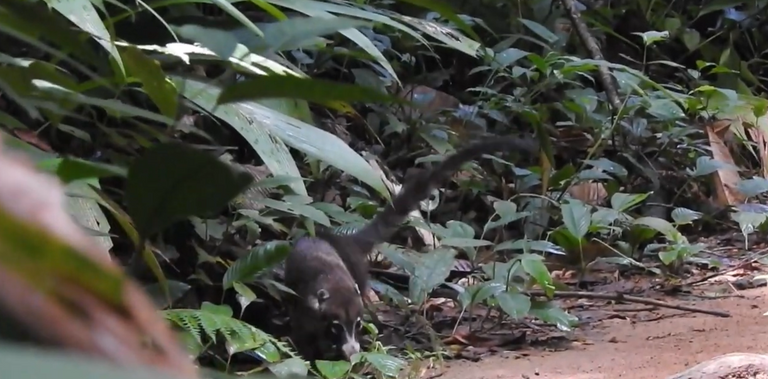
Upon entering the Paraná Jungle we can see them roaming freely in the middle of the forest, always grouped in colonies of various individuals looking for and eating fruits of the forest.
Even in this situation they are quite friendly and can be photographed up close.
The little ones eating entertainingly.
The White-nosed Coati.

We find in the forest this variety of coati that is not very common in this area of the Falls.
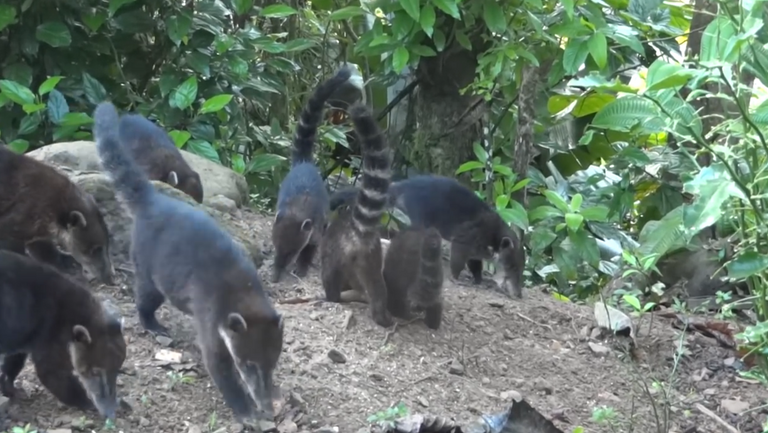
It does not group in numerous colonies like the common coati, but is more solitary and elusive. Although it can be photographed without difficulty.
In other places it is known by the name of pizote, antón or badger.
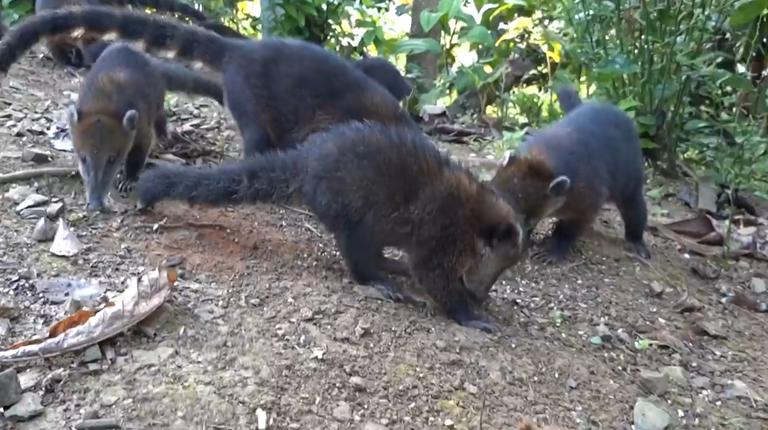 | 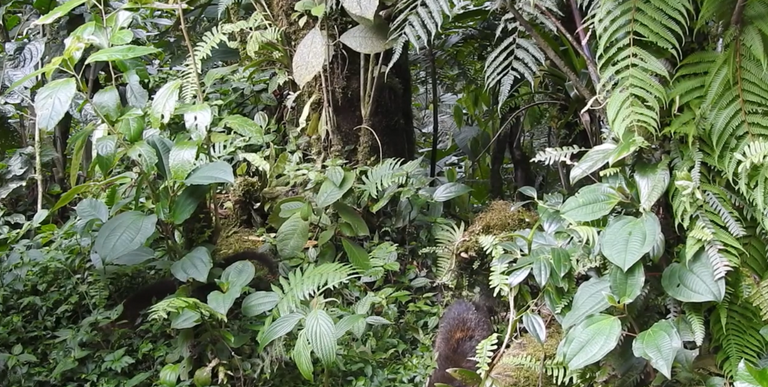 | 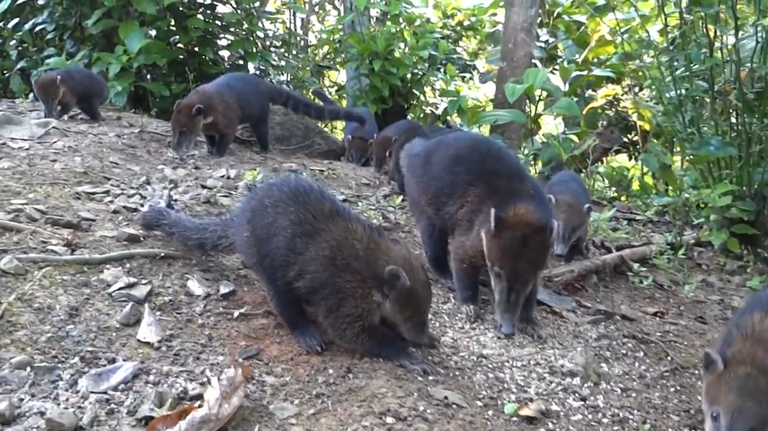 |
|---|---|---|
 |  |  |
 |  |  |
 | 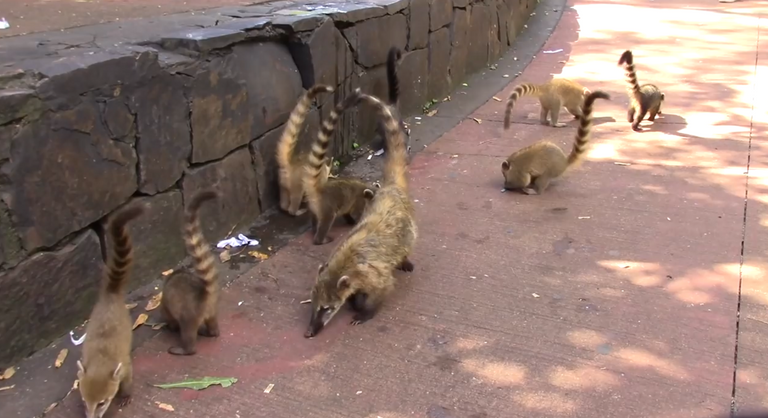 | 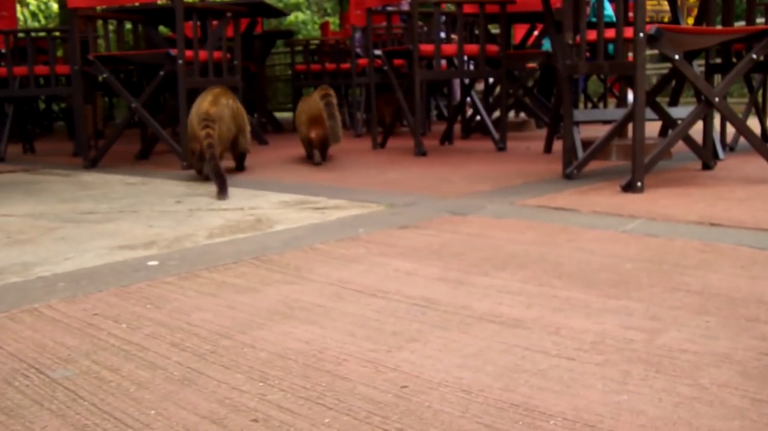 |
 | 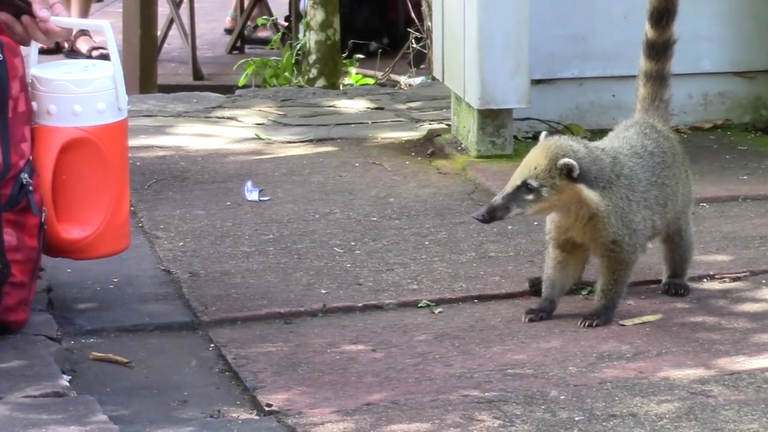 | 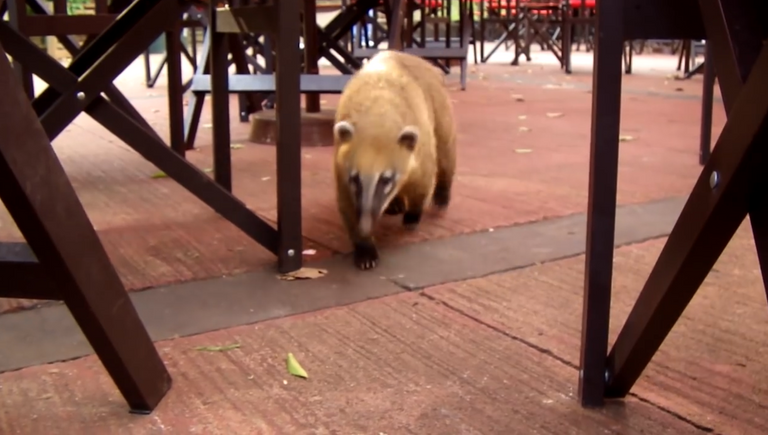 |
 |  |  |
 | 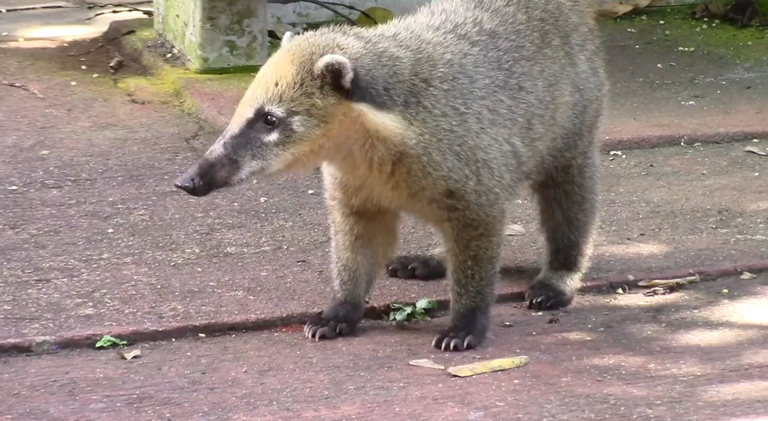 |  |
 |  | 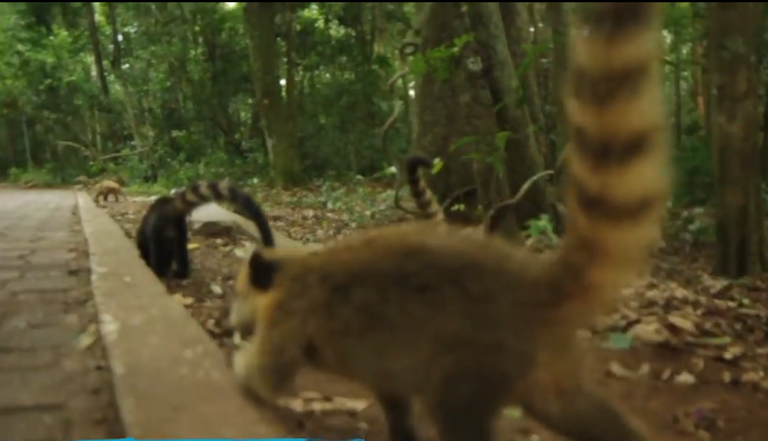 |

